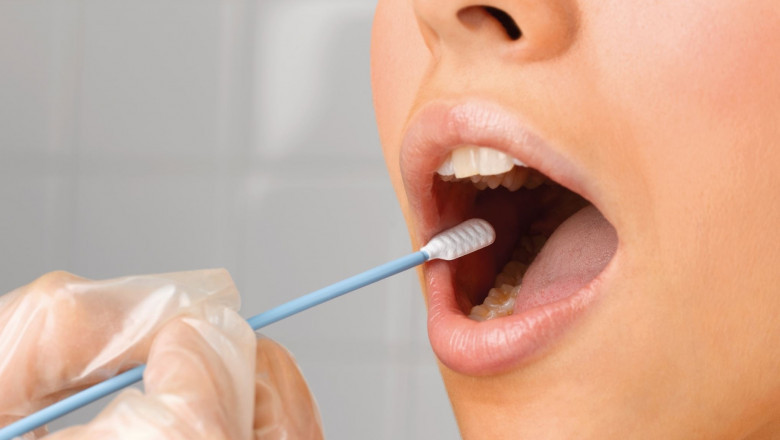views
Oral fluid drug tests, commonly called saliva tests, are widely used to detect recent drug consumption, including cannabis. Their popularity stems from ease of use, rapid results, and non-invasive sample collection. But understanding what THC oral fluid test can and cannot reveal—especially regarding cannabis impairment—is crucial for employers, law enforcement, and individuals alike.
How Oral Fluid Tests Work
Oral fluid tests detect the presence of drugs or their metabolites in saliva. In the case of cannabis, they measure levels of delta-9 tetrahydrocannabinol (THC), the compound responsible for the "high." Saliva collection is straightforward: a swab is placed inside the mouth, often under the tongue or along the cheeks, to absorb saliva for analysis.
These tests provide quick preliminary results, making them attractive for roadside screening or workplace drug testing where immediate answers are needed.
Detection Window and THC Metabolism
THC’s unique metabolism explains why oral fluid tests detect cannabis use but struggle to indicate impairment accurately. THC is fat-soluble, which means it is stored in the body's fatty tissues and released gradually over time, leading to detection windows that can last days or weeks after use, especially for frequent users.
However, impairment from cannabis typically lasts only a couple of hours after consumption, depending on the dose and method of intake. This mismatch means a saliva test can show THC presence even when the individual is no longer impaired.
THC Presence Does Not Equal Impairment
One of the biggest challenges with oral fluid testing is the inability to link THC levels to functional impairment. Research consistently shows:
-
THC concentrations in saliva do not correlate well with cognitive or motor impairment.
-
Frequent users may have elevated THC levels long after impairment subsides.
-
Occasional users may be impaired at lower THC levels that are difficult to detect.
Because of these variables, oral fluid tests are useful only to establish recent use, not whether someone is currently under the influence or impaired.
False Positives and Testing Accuracy
While oral fluid tests are convenient, they are not foolproof. Some devices have been shown to produce false positives due to:
-
Contamination from secondhand smoke.
-
Cross-reactivity with other substances or medications.
-
Improper sample handling or device calibration.
False positives can have serious legal and employment consequences. Therefore, confirmatory testing using more accurate laboratory methods such as gas chromatography-mass spectrometry (GC-MS) is recommended following an initial positive screen.
The Role of Oral Fluid Tests Today
Oral fluid drug tests are a useful tool in detecting recent cannabis use quickly and non-invasively. They have an important role in workplace screening programs or roadside checks where preliminary results guide further actions.
However, given the inability to reliably measure impairment, oral fluid tests should not be used as the sole basis for decisions about fitness to drive or work. Instead, they should be combined with impairment detection methods that assess actual cognitive and motor performance.
Conclusion
Oral fluid drug tests offer a practical way to detect recent cannabis use but cannot determine impairment due to the complex metabolism of THC. Recognizing their limitations is essential to ensure fair and scientifically sound use. Combining saliva testing with functional impairment assessments represents a more balanced approach to addressing cannabis use in safety-sensitive environments.














Comments
0 comment